While many Western countries, especially the United States, tighten their higher education policies and limit the presence of international students, China has chosen a different path, viewing the internationalization of higher education as part of its national soft power strategy.
Recent changes in US policy, from revoking the right to enroll international students at Harvard University, to tightening visa controls and viewing foreign students as security risks, have made many international students worried.
Fears of an unstable academic environment have dampened demand for studying in the US. China, on the other hand, is using this moment to strengthen its position as a global academic destination.
After the Covid-19 epidemic, Beijing has identified the recovery and expansion of international student numbers as a key priority. Chinese universities have redesigned their training programs, focusing on interdisciplinary majors that are in line with global trends and the human resource needs of Chinese enterprises.
The full scholarship system, which covers tuition, accommodation and living expenses, continues to be maintained, making China an attractive destination for students from developing countries.
From October 1, 2025, the country officially launched a new K visa specifically for young professionals in the field of science and technology. This is an effort to attract global talent, while creating opportunities for international students to intern and gain practical experience in China.
In addition, China is also promoting an integrated student management system for domestic and international students, removing administrative barriers and creating a more equal learning environment. Some schools in Beijing have experimented with mixed dormitories and group activities to encourage cross-cultural exchanges and enhance social integration.
China is not only aiming to increase the number of international students, but also focus on improving the quality of the intake. Starting in 2025, the country will launch the University Academic Aptitude Test for International Applicants, thereby refining admission standards and approaching international academic standards. Scholarship policies will also be adjusted, focusing on undergraduates rather than preparatory courses, reflecting the determination to improve training quality and global academic reputation.
The Chinese Ministry of Education encourages universities to cooperate with international organizations, launch dual degree programs and joint training facilities. These cooperation models help Chinese universities deepen their integration into the global academic network, diversify their training programs and enhance their academic reputation. Models such as the Malaysian Campus of Xiamen University and the Lao Campus of Suzhou University demonstrate the adaptability of Chinese education in the context of internationalization.
In parallel, China has invested heavily in digital education as a strategic tool to expand its global influence. Since the launch of the National Education Digitalization Strategy 2022, the “National Smart Education” platform has become the world’s largest digital learning data repository, serving more than 220 countries and regions. The initiative has been recognized by UNESCO with the Information and Communications Technology in Education Award.
The Youth Student Exchange Program (YES), launched in 2024 to encourage students from the United States and other countries to study and research in China, has expanded to dozens of countries by 2025, demonstrating Beijing’s commitment to strengthening educational diplomacy.
Source: https://giaoducthoidai.vn/trung-quoc-day-manh-giao-duc-toan-cau-post753365.html






![[Photo] General Secretary To Lam receives the Director of the Academy of Public Administration and National Economy under the President of the Russian Federation](/_next/image?url=https%3A%2F%2Fvphoto.vietnam.vn%2Fthumb%2F1200x675%2Fvietnam%2Fresource%2FIMAGE%2F2025%2F12%2F08%2F1765200203892_a1-bnd-0933-4198-jpg.webp&w=3840&q=75)

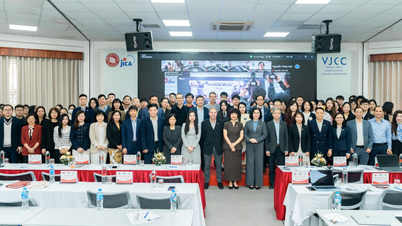











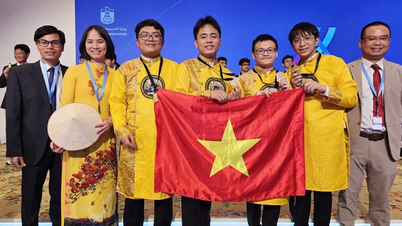



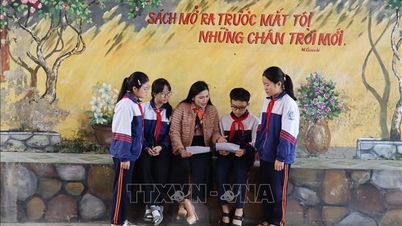
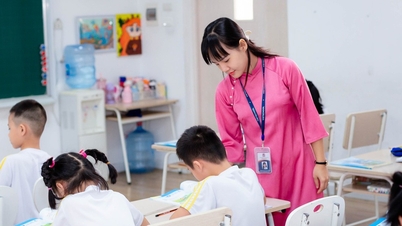









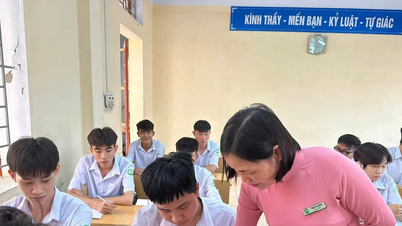
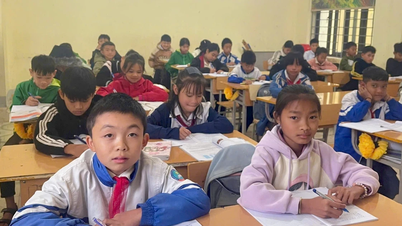












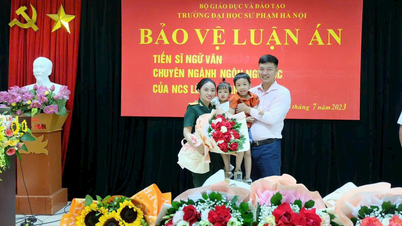
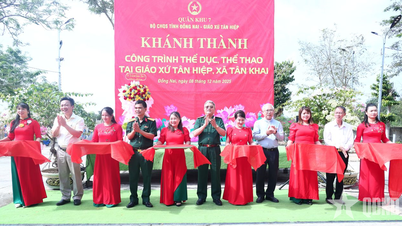



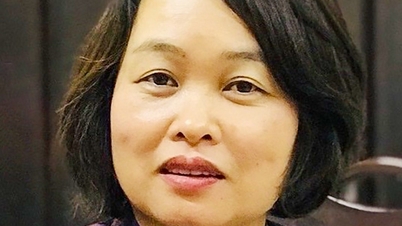


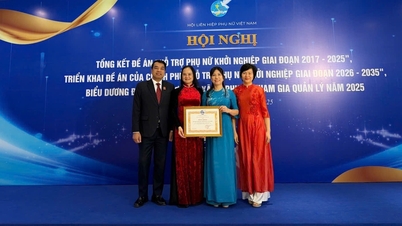
















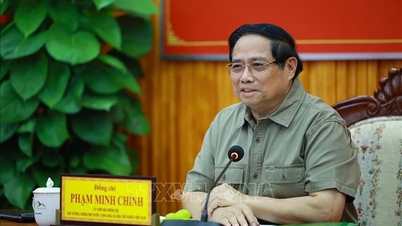



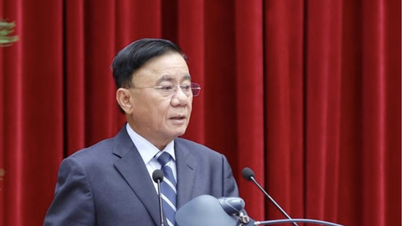


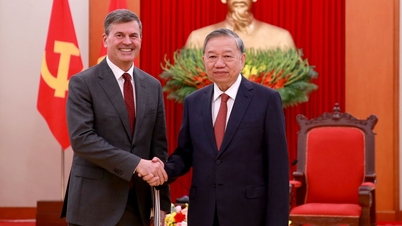
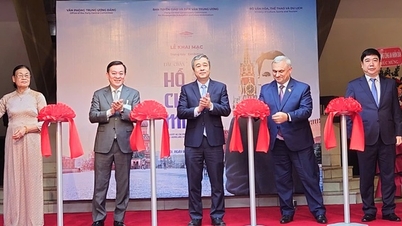

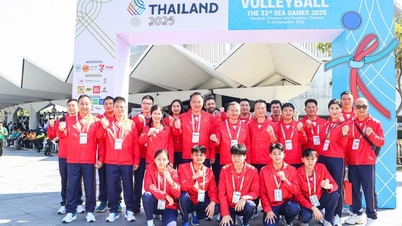
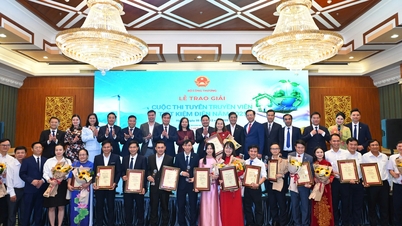




























Comment (0)